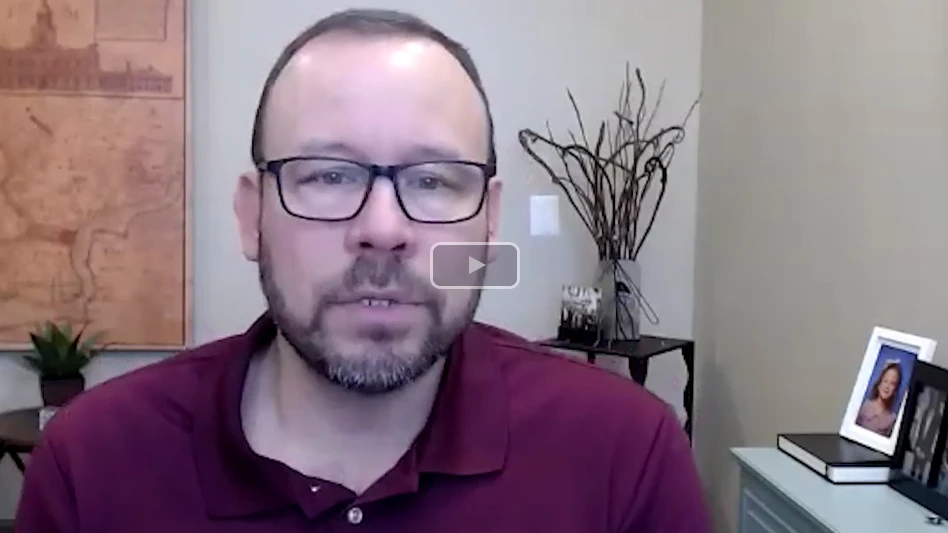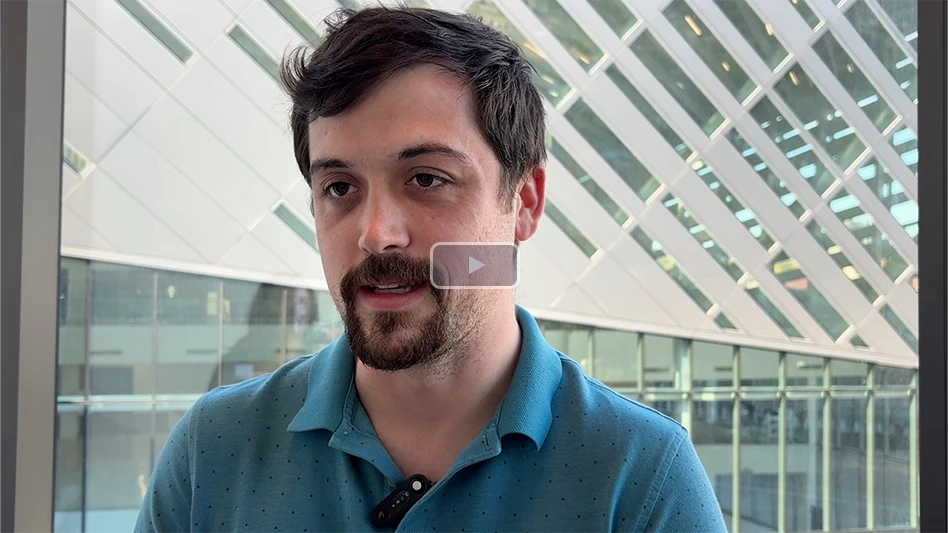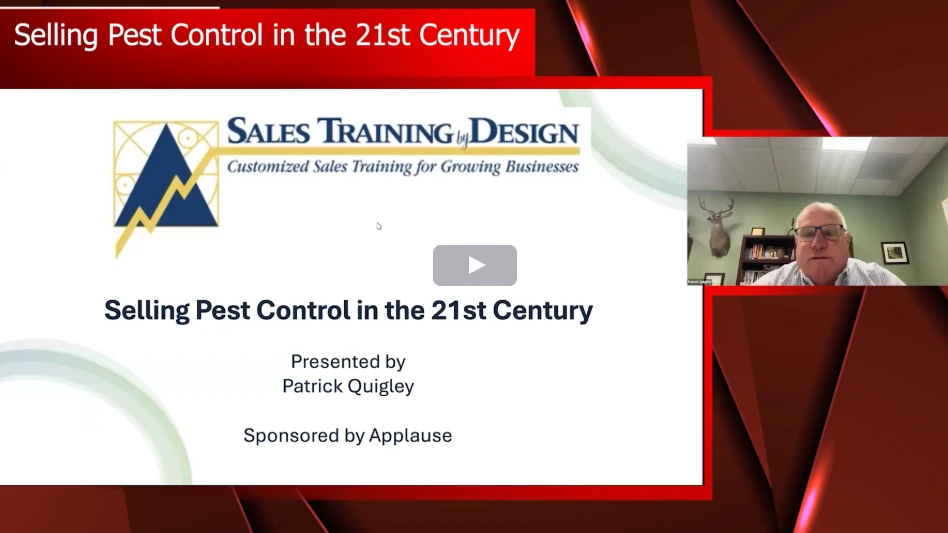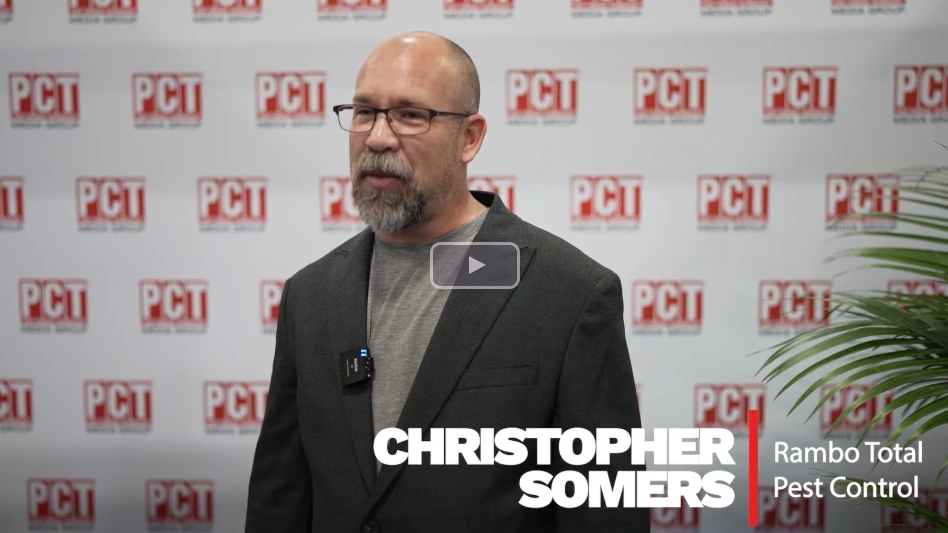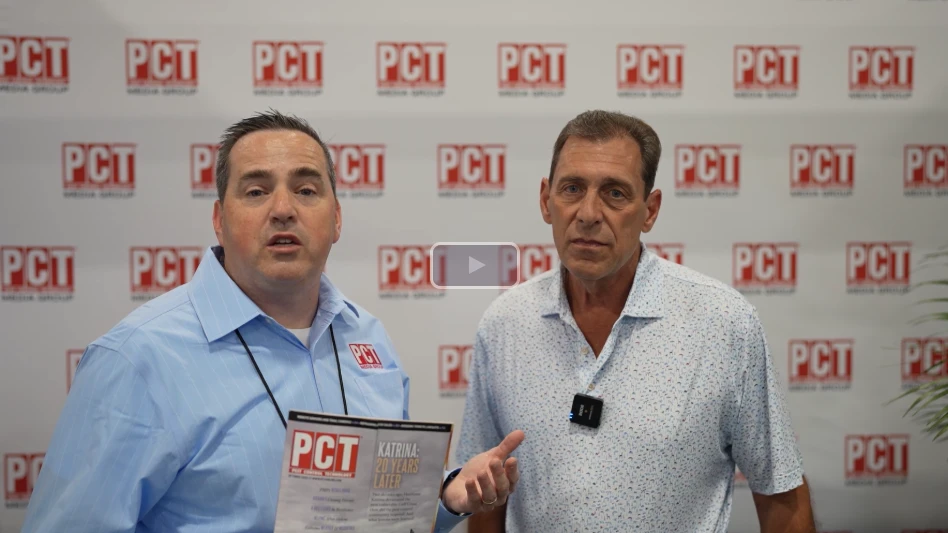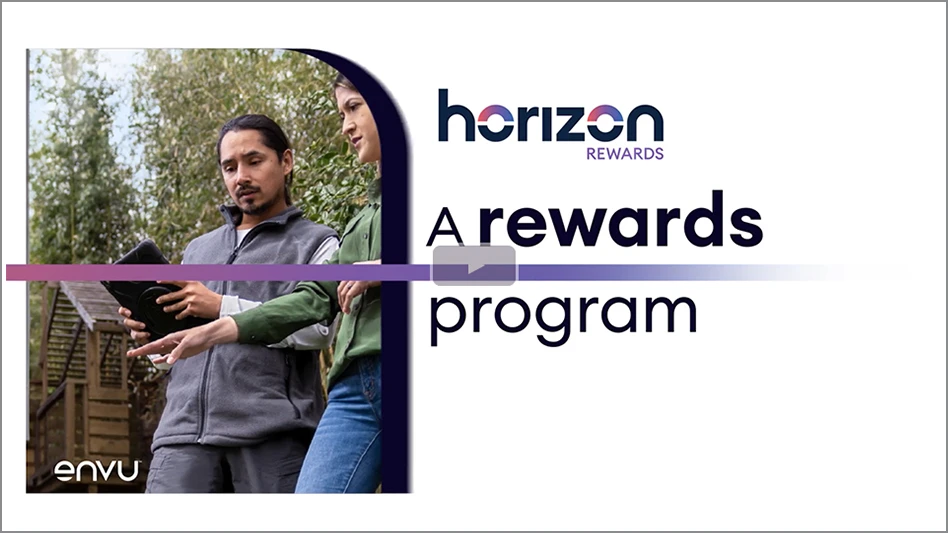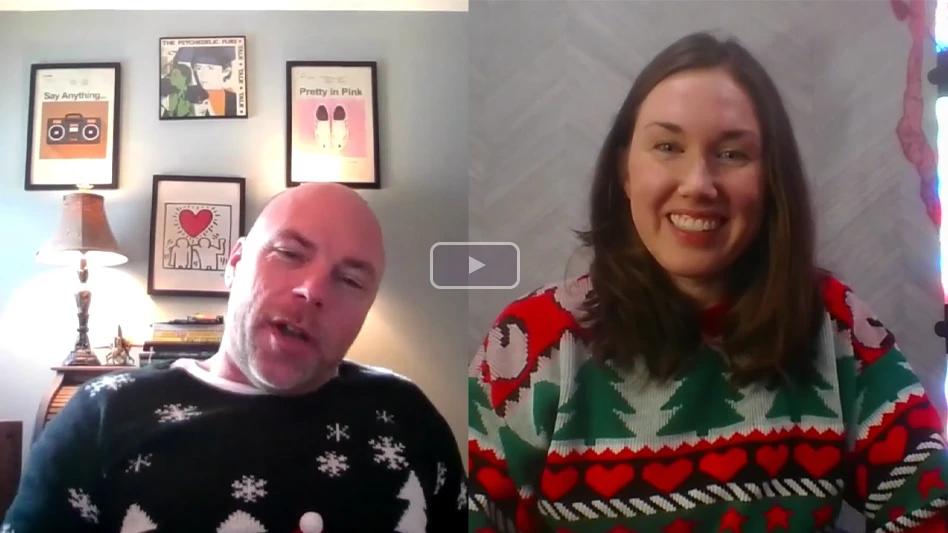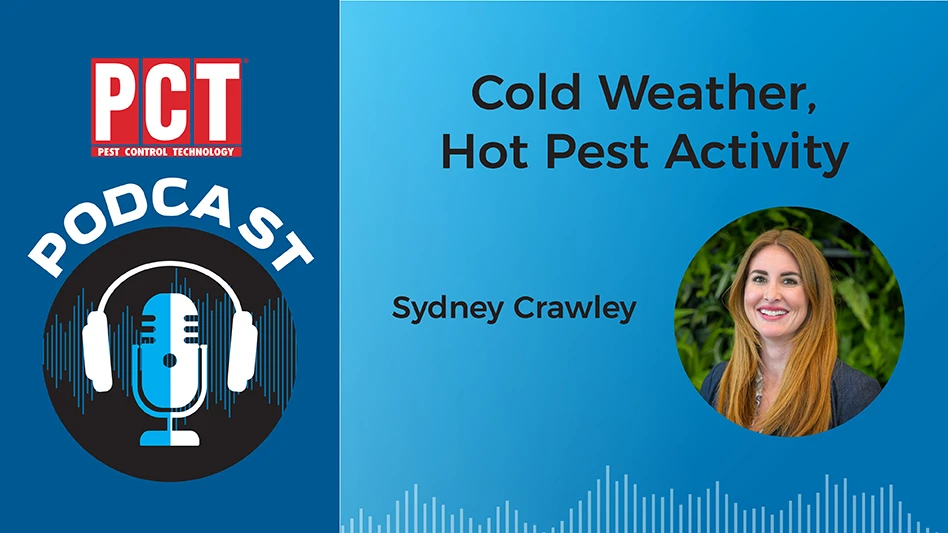Editor’s note: Go Local Interactive is a digital marketing agency that works with a number of pest control firms. This following is the second in the video series “Building a Strong Digital Marketing Strategy.” John Jordan, co-founder of Go Local Interactive, walks us through the second piece to building a strong digital marketing strategy for your pest control company: website and analytics. Below is the transcript from this video.
A Recap of the House Analogy for Digital Marketing. Hi, my name's John Jordan. I'm co-founder of Go Local Interactive. This is the second video in a multi-part series where we're covering how to build a strong digital marketing program from the foundation up. In the first video in this series, we covered a house analogy. In that analogy, I described how a website and analytics setup would be much like the foundation of your home. We're establishing the goals and objectives of the website to set the stage for successful digital marketing. Once that website was in place, we discussed how local listings could then be the second step in that process where we can establish local relevance by claiming those Google, Apple, Bing, and Yelp listings that are out there and making sure we have complete control and ownership of those listings.
The next step in the process was SEO or more traditional SEO. Technical elements would need to be buttoned up on the website to ensure the crawlability and readability of this site so Google can properly ingest everything about your website and the content you're offering users. Speaking of which, the next step in the process was content. Content is what establishes that topical relevance with the search engines so that when people are out there searching, Google perceives your website as relevant and therefore then displays it to users.
Content is not successful without the first two steps in the process. However, having SEO and that local relevance established with search engines. Once those three pieces are in place, that establishes your organic presence. Organic will get you so far in your goals, but you will most likely need paid media as a supplementary tactic to drive additional leads or additional exposure in the markets and/or products and services you're specifically trying to drive more lead volume or sales through. These would encompass the full gamut of that digital marketing strategy that we're explaining in this series. And we're going to jump in a little bit in each of these areas starting today with the website and analytics component.
What’s the Purpose of Your Pest Control Website? First and foremost, it’s important to understand that when you do set out to start a new website or build a new website that having data integrity and ensuring that all the information that’s being captured through that website as well as the functionally that’s being offered to users has been thoroughly vetted and fully thought out. We want to ensure, essentially, that the website can accomplish everything that you’re intending for it to accomplish.
So the first thing to understand is what is the website’s purpose? It could be as simple as selling products or services, or generating leads could be meant to be more informative in nature, even to entertain or serve your customers in some capacity, perhaps offering them scheduling features or abilities to manage their account. Whatever the purpose of the site is, we need to try to determine that upfront, so that we can establish goals and metrics around really measuring those intended purposes of the site.
Ownership of Your Pest Control Website. Let me start by talking first and foremost about ownership. It is so incredibly important that you own your website and for that matter, all of your digital assets. You should start considering your website just another one of those assets. While it may not be represented on your books in the same manner as a traditional asset, it is — make no mistake about it — it is a true asset.
You’re spending thousands in many instances millions of dollars to establish a digital marketing presence, and to establish machine learning and AI in the background with these search engines, and that has value. So, let’s make sure that you actually own it, that it’s not leased or rented or part of a platform that you can’t take with you should you choose to make a change in the future by, you know, adding staffing to manage that website on your own, or hiring another agency to manage it on your behalf. You wanna take that asset with you wherever you go.
Your Pest Control Website’s Hosting Environment. Once you’ve got that established, now let’s start to look at or think about our hosting environment. It’s really important that our website has maximum uptime, that the hosting environment is secure and safe, so that would lead into the next bullet point: ensuring that we have protocols in place for the website, that it’s in a place where you can ensure that it’s gonna have maximum uptime so that your users won’t have a bad experience when they’re on the site.
How Clean is the Digital Marketing Data You’re Examining? The next piece in this process is data quality. We could probably talk about this for a pretty extensive amount of time, but I’m gonna keep it short and sweet and say that we really need to ensure the quality of the data that’s being collected is as high as possible.
There are lots of ways to do this, we want to for instance exclude our own internal IP traffic, that can sometimes skew our perception of how many users are coming to the site, and what actions they’re taking on the site if we see a lot of traffic from our own employees that aren’t really taking the same actions that our customers would be taking, so we want to exclude those IP addresses that are associated with our own employees so that we can start to really quantify our actually customer opportunities as they relate to the site. There are a lot of other ways to button up your data quality but that’s one example.
Set Up Website Goals and KPIs. Secondarily, as I mentioned before, once we’ve determined the purpose of the site, now we need to set up goals and KPIs so that we can ensure that everything that we want to accomplish through this site is being tracked, and that we then have a way to quantify the success of the site in the future. This would also entail creating clear conversion paths, so that we know where the users are going to navigate or intended to navigate to get through to accomplishing any of those specific goals of KPIs that we set up. And that leads into the final piece, which is tracking.
Track Your Goals and KPIs. Tracking can come in a lot of different forms, it can be as simple as tracking a web form submission of some type, some type of interaction or engagement with the site, perhaps an ecommerce tool, a scheduling tool, etc. or something that takes a little more effort, such as call tracking. Trying to set up and understand the sources of each of your inbound leads or opportunities that result in a phone call and then trying to ascertain what happened on that phone call and trace it back to the original source on the site. These are just a few things that need to be kind of buttoned up to give you a better idea of what we would envision for a new website.
Tools to Manage Your Website’s Data and Analytics. Secondarily, I wanted to kind of run through some of the more common tools that you're gonna need to have set up, in this case we’re speaking to a lot of google products and one bing product within our agency, we use these every day. Google search console, google analytics, google tag manager, google ads, and of course bing webmaster. These are all very important tools for understanding what’s happening with your website and optimizing that site on an ongoing basis. So, I would encourage these to be one of the very first things you do when you’re launching a new site is make sure that you have all these accounts set up, you have complete ownership and control over them, so that you can capture maximum information and data as it relates to your website.
User Experience Testing for Pest Control Websites. Once the site is up and running and you have all your data analytics accounts going, now we need to really get into an ongoing effort of user experience testing. For the most part, there are a variety of different types of UX testing, we’re highlighting a few here: video testing plus heat maps, or heuristic analysis, plus having custom review generated from your site, and then using that data on an ongoing basis to fuel new AB testing where you can track and measure and evaluate what’s happening as a result of that change, and then decide whether you want to roll it out long-term, for a permanent improvement to the site; or whether you wanna just continue testing it in some other form.
Video testing an example of that would be having users come to the site and actually recording their experience on the site, giving them some specific tasks to accomplish, and then having them audibly talk you through what they’re doing on the stie so you can kind of understand what a normal user goes through when they’re trying to accomplish a task and how difficult is it for them to find what they’re looking for and accomplishing that task.
From a heat map perspective, you can start to understand user movement on the site, where they’re actually engaging, where their mouse movements go on the page and this can sometimes give you better indication of highlights or callouts that you’re trying to put in front of the customer that are going unseen, or where you need to move something, an action item on the site so you can get the intended action from the user.
The Foundation to Your Pest Control Company’s Digital Marketing Efforts. That’s it for today, pretty short and sweet, but just again wanted to reiterate from a website perspective this is the foundation of your success from a digital marketing program perspective, so you definitely want to ensure that you’ve taken ample time to think through everything that you want to accomplish through this site, ensure that all that consumer journey has been thought through, and that you have the proper tracking and metrics in place, those KPIs established and goals established so that you can measure and evaluate your success, make edits and changes on an ongoing basis, and continuously improve.
Again, this is John Jordan with Go Local Interactive, please join us for the next in this six-part series as we will be discussing SEO, local listings, content, and paid media in those future sessions. Thanks so much.
Latest from Pest Control Technology
- Web-Cote Industries Appoints Craig Martelle as VP of Sales
- Certus Enters Silicon Valley With Acquisition of Smith’s Pest Management
- Massey Services Announced as Presenting Sponsor of OEP’s Public Leadership Institute
- Alliance Update: 2026 Outlook
- Linxup Launches Driver Safety Score and Leaderboard
- NC State Extension Associate Dr. Christopher Hayes Reviews Bed Bug Research, Training
- Envu Announces Launch of New Rewards Program
- Regulations, Science and Strategy Take Center Stage at Purdue Conference
